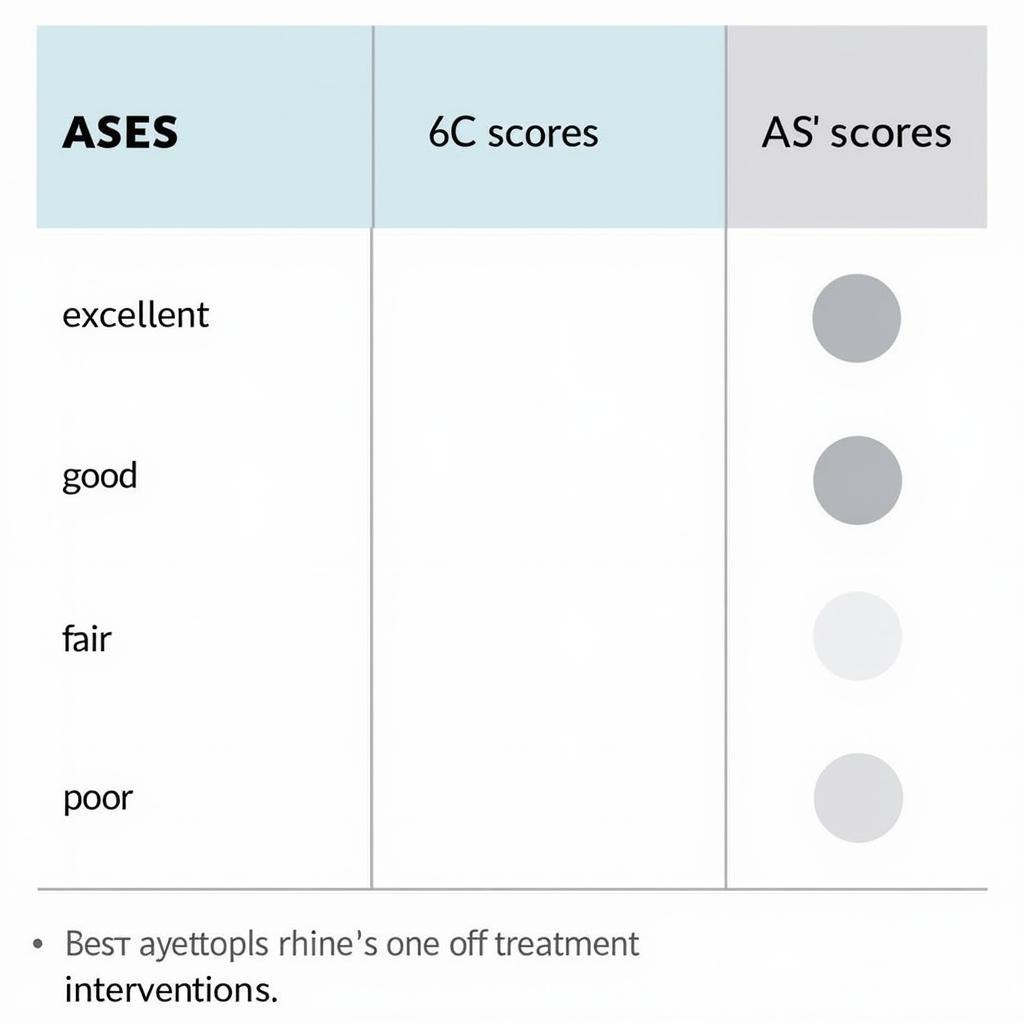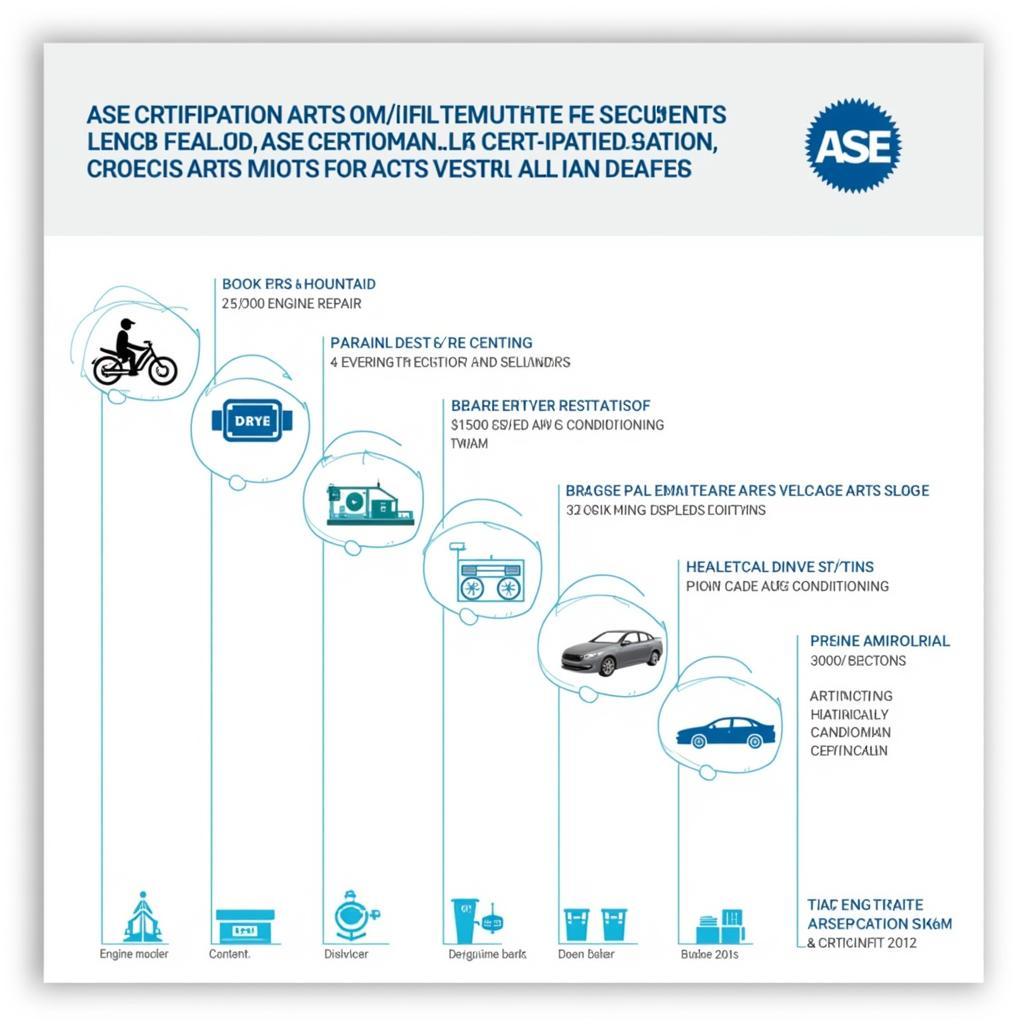The American Shoulder and Elbow Surgeons Standardized Shoulder Assessment Form (ASES), a patient-reported outcome measure, is a valuable tool used to evaluate shoulder function and pain levels. This comprehensive form allows healthcare professionals to track progress, compare treatment effectiveness, and make informed decisions regarding patient care. It offers a standardized approach to assessing shoulder conditions, enabling better communication between clinicians and researchers.
What is the ASES Score and How Does It Work?
The ASES form comprises two main sections: pain and function. The pain section asks patients to rate their pain on a visual analog scale (VAS) from 0 to 10, with 0 representing no pain and 10 representing the worst pain imaginable. The function section consists of 10 activities, each scored from 0 to 3 based on the level of difficulty experienced. The total ASES score is calculated by adding the pain score (converted to a scale of 0-50) and the function score (out of 30), resulting in a total score ranging from 0 to 100. A higher score indicates better shoulder function and less pain.
Why is the ASES Assessment Important?
The ASES assessment provides a standardized method for evaluating shoulder conditions, making it easier to compare results across different studies and healthcare settings. This standardized approach facilitates research and helps clinicians track the effectiveness of various treatments. By using the ASES form, healthcare professionals can gain a comprehensive understanding of their patients’ shoulder health and tailor treatment plans accordingly.
Interpreting Your ASES Score: What Does It Mean?
Interpreting the ASES score involves considering the patient’s individual circumstances and the specific shoulder condition being evaluated. Generally, a higher score suggests better shoulder function and less pain. However, it’s essential to remember that the ASES score should be interpreted in conjunction with other clinical findings and the patient’s overall health status. While a higher score is generally positive, the significance of changes in the ASES score depends on the clinical context.
 Interpreting ASES Scores
Interpreting ASES Scores
How to Administer the ASES Form
Administering the ASES form is straightforward. Patients are instructed to complete the form independently, rating their pain and the difficulty they experience performing specific activities. Healthcare professionals can then review the completed form with the patient to ensure accurate understanding and address any questions or concerns. The process is generally quick and easy, allowing for efficient data collection in clinical practice.
Benefits of Using the ASES Assessment in Clinical Practice
The ASES assessment offers several benefits for both patients and healthcare professionals. For patients, it provides a way to communicate their symptoms effectively and track their progress over time. For clinicians, it offers a standardized and reliable measure of shoulder function, aiding in diagnosis, treatment planning, and outcome assessment.
- Standardized Measurement: Allows for consistent evaluation across different healthcare settings.
- Patient-Centered Approach: Focuses on the patient’s experience of pain and functional limitations.
- Easy to Administer: Simple and quick to complete, minimizing burden on both patients and clinicians.
- Reliable and Valid: Demonstrated to be a reliable and valid measure of shoulder function.
Conclusion: The ASES Form – A Valuable Tool for Shoulder Assessment
The American Shoulder and Elbow Surgeons Standardized Shoulder Assessment Form (ASES) is a valuable instrument for evaluating shoulder pain and function. Its standardized format allows for consistent assessment, aiding clinicians in making informed decisions regarding patient care. By utilizing the ASES form, healthcare professionals can enhance communication with patients, track treatment effectiveness, and improve overall outcomes.
FAQ
- What does ASES stand for? ASES stands for American Shoulder and Elbow Surgeons.
- How long does it take to complete the ASES form? Typically, it takes only a few minutes to complete.
- Is the ASES form available in different languages? Yes, translations are available in several languages.
- Who can administer the ASES form? Healthcare professionals, including physicians, therapists, and nurses, can administer the form.
- How often should the ASES form be administered? The frequency depends on the individual patient’s needs and treatment plan.
- What is a good ASES score? A higher score, closer to 100, indicates better shoulder function and less pain.
- Can the ASES form be used for all types of shoulder conditions? While widely applicable, it may not be suitable for all shoulder conditions; consult with a healthcare professional.
Need further assistance? Contact us: Phone: 0369020373, Email: aseanmediadirectory@gmail.com or visit us at: Ngoc Lien Village, Hiep Hoa, Bac Giang, Vietnam. Our customer support team is available 24/7.

